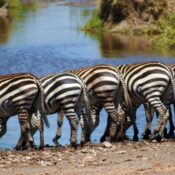Tanzania vs Kenya Safari – Which One Should You Choose?
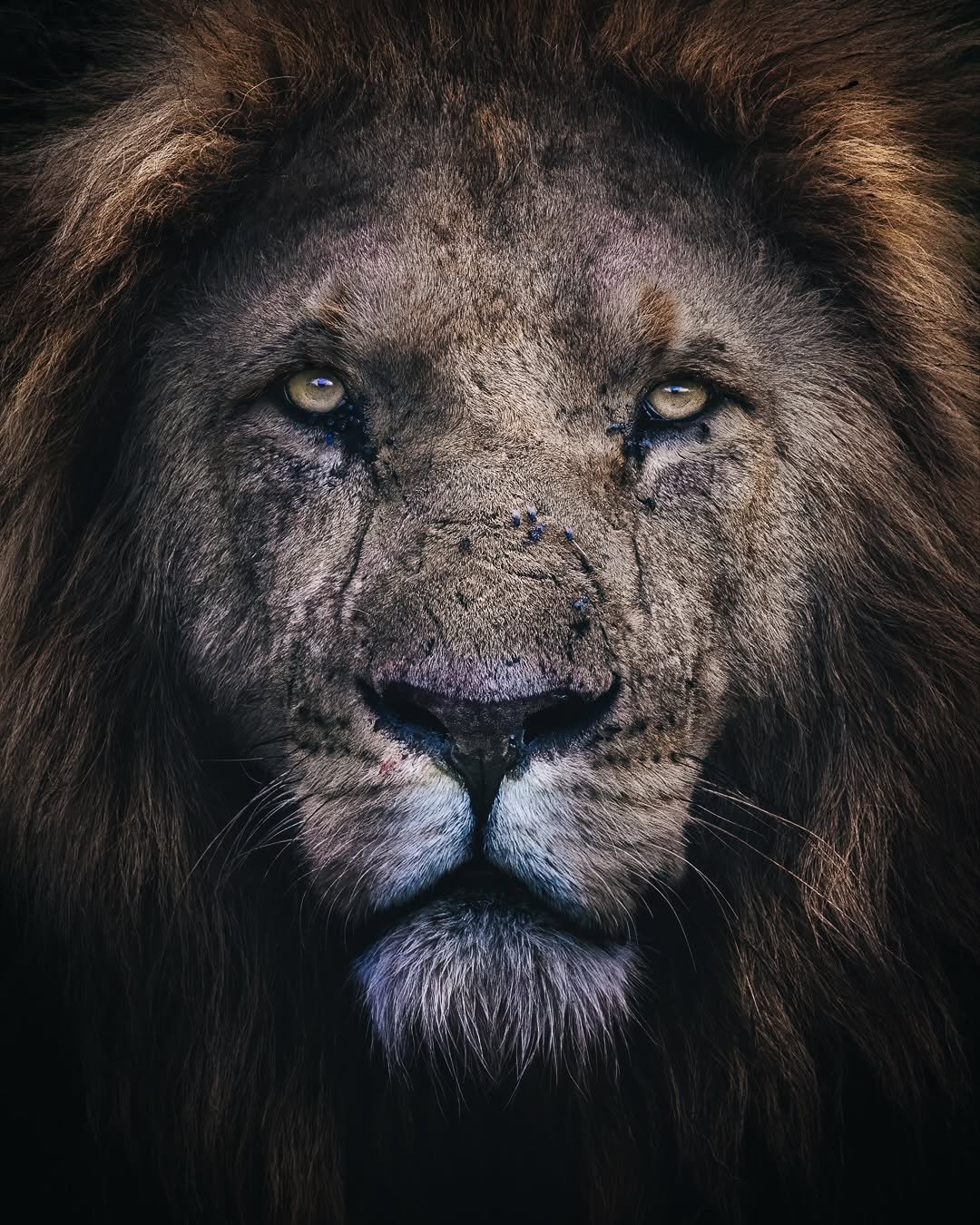
Tanzania vs Kenya Safari – Which One Should You Choose?
When it comes to African safaris, two countries dominate the conversation: Tanzania and Kenya. Both nations are home to some of the most iconic wildlife experiences on Earth, with sweeping savannahs, dramatic landscapes, and the annual Great Migration at the heart of their allure. Yet, despite their shared borders and interconnected ecosystems, Tanzania and Kenya offer distinctly different safari experiences. Choosing between them requires looking beyond the obvious and considering the subtle, often overlooked aspects of travel in each destination.
Table of Contents
For travelers making this decision, it is rarely as simple as asking which country has more animals or better lodges. The answer lies in understanding the nuances of each—how the seasons change the landscape, the variety of parks and reserves, the culture and hospitality, and even the logistics of getting around. A safari is not merely a holiday; it is a deeply immersive journey into the heart of the natural world, and the choice of location can profoundly shape the memories you bring home.
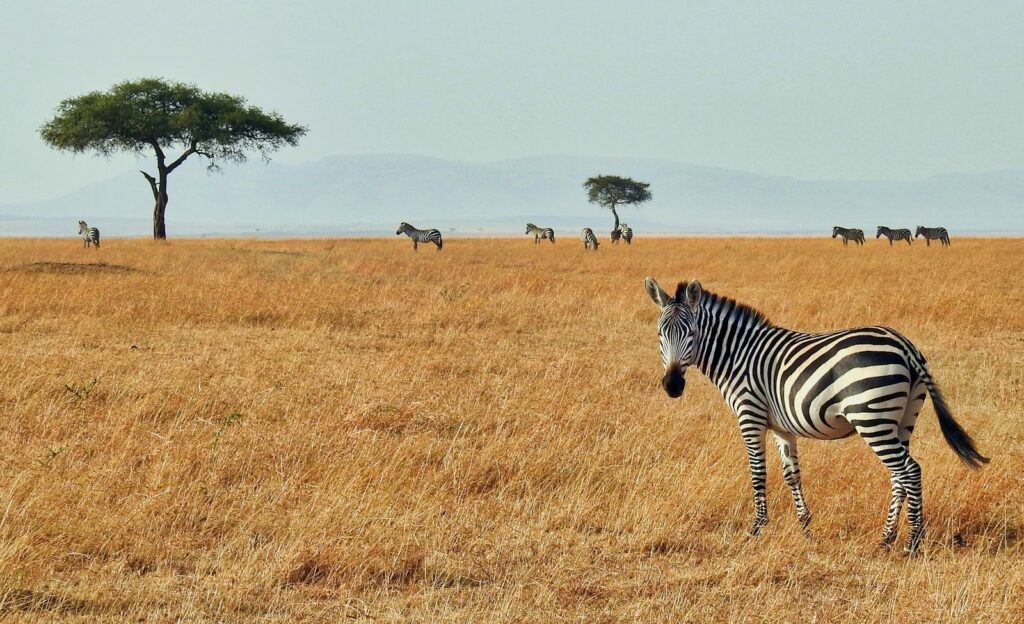
This guide explores both destinations in detail, from their landscapes and wildlife spectacles to their accommodation styles, travel logistics, and cultural contexts, helping you determine which one is the best fit for your dream African adventure.
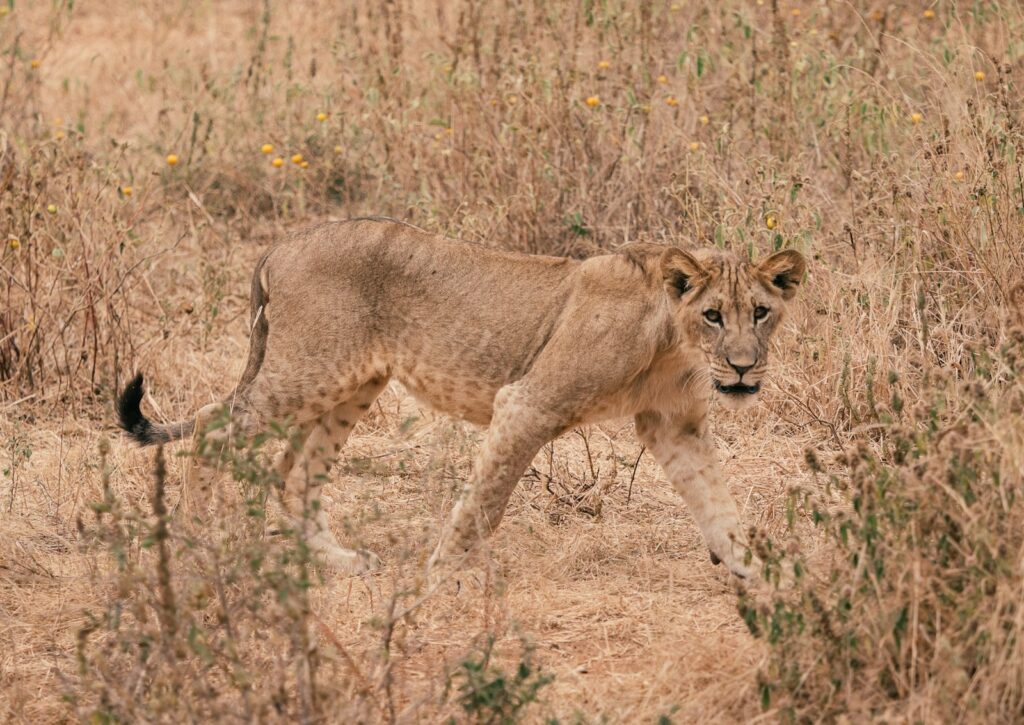
The Wildlife Experience: Similar, Yet Different
It is impossible to talk about either Tanzania or Kenya without mentioning the wildlife. Both countries are rich in biodiversity, home to the famous Big Five—lion, leopard, elephant, buffalo, and rhinoceros—as well as countless other species that roam freely across vast, protected landscapes.
In Tanzania, the sheer size of its protected areas gives animals more space to roam, creating an environment that often feels more wild and untouched. The Serengeti National Park, which stretches for nearly 15,000 square kilometers, is the crown jewel of Tanzanian safaris, renowned for its endless golden plains and the drama of the Great Migration.
Here, huge herds of wildebeest and zebra move in rhythm with the rains, pursued by predators who depend on them for survival. In the south, places like Ruaha National Park and Selous Game Reserve (now Nyerere National Park) offer a different type of safari—quieter, wilder, and far less visited, yet just as rich in game.
In Kenya, the Masai Mara National Reserve is its most famous wildlife haven, forming a continuous ecosystem with the Serengeti. While smaller than its Tanzanian counterpart, the Mara is incredibly dense with wildlife, making sightings often easier and more frequent. Kenya also boasts other diverse parks—Amboseli with its elephant herds framed by Mount Kilimanjaro, Tsavo’s vast and rugged terrain, Samburu’s arid beauty with rare northern species, and the bird-rich shores of Lake Nakuru.
While both countries share the migratory herds, Kenya’s smaller reserves often mean animals are more concentrated in a smaller space, making for action-packed game drives. Tanzania, on the other hand, offers a greater sense of remoteness and scale, especially for travelers who crave wide-open spaces with fewer vehicles.
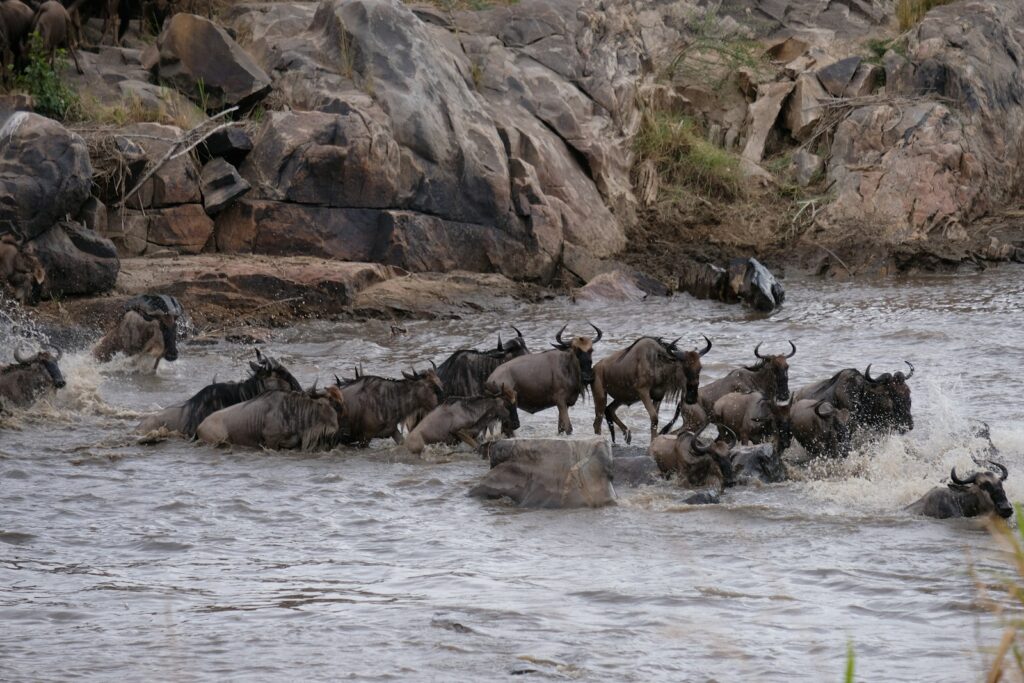
The Great Migration: Where to See It Best
The Great Migration is one of the natural world’s most astonishing spectacles, involving over 1.5 million wildebeest and hundreds of thousands of zebras and gazelles traveling in a circular path between Tanzania and Kenya. This movement is dictated by rainfall and fresh grazing, meaning the herds are constantly on the move.
In Tanzania, the migration spends most of the year within the Serengeti. From January to March, the southern Serengeti around Ndutu is the calving ground, where thousands of wildebeest give birth and predators gather to take advantage of this seasonal bounty. By April and May, the herds begin moving northwest, and by June and July, they are pushing towards the Grumeti River, where dramatic crossings occur. August through October sees the herds in the northern Serengeti, near the Mara River, where they sometimes cross into Kenya.
In Kenya, the Great Migration is most famously seen between July and October, when the herds gather in the Masai Mara. This is the time of the Mara River crossings—heart-pounding moments as wildebeest plunge into crocodile-infested waters, driven by instinct to reach greener pastures. While Kenya’s migration season is shorter, it often offers some of the most intense predator-prey interactions due to the smaller area and higher concentration of wildlife.
If seeing the migration is your main goal, the timing of your trip will likely determine which country to choose. For calving season, Tanzania is the place to be. For river crossings in a more compact area, Kenya may be your better bet.
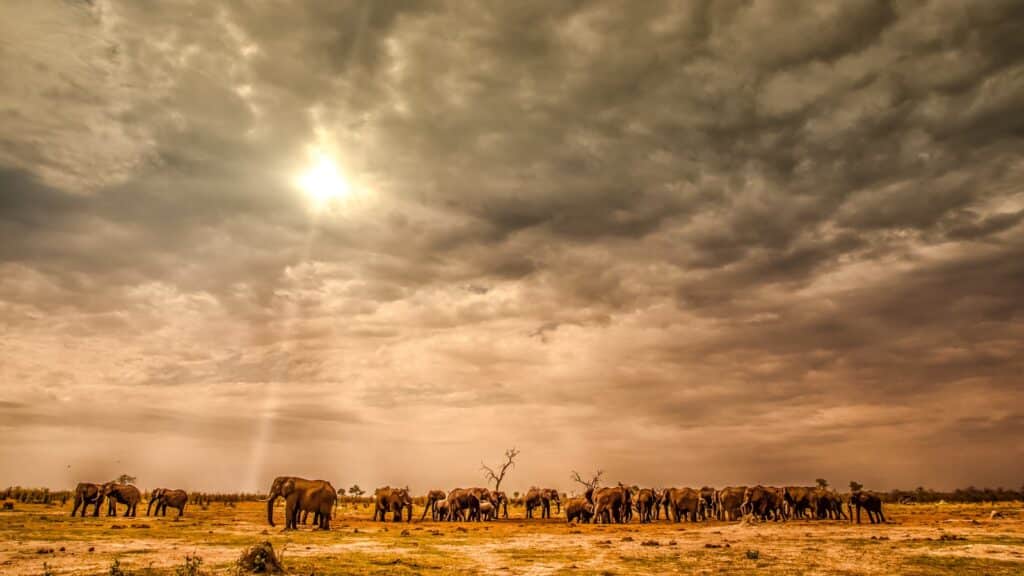
Landscapes and Atmosphere
Both countries offer striking landscapes, but their overall atmosphere can feel quite different.
Tanzania is vast and sparsely populated compared to Kenya. Its northern circuit—the Serengeti, Ngorongoro Crater, Tarangire, and Lake Manyara—is well-developed for tourism, yet still retains a sense of space and wildness. The Ngorongoro Crater, a UNESCO World Heritage Site, is unlike anywhere else on Earth—a massive volcanic caldera teeming with life, where the walls rise steeply from the plains and enclose an entire ecosystem.
The southern circuit parks, like Ruaha and Nyerere, are remote and uncrowded, perfect for those who want a true wilderness experience. Then there’s the coast and Zanzibar, offering pristine beaches and a fascinating blend of cultures.
Kenya, while smaller, is more densely populated, and its safari destinations are generally closer together and easier to combine in a shorter trip. The landscapes vary from the grassy plains of the Mara to the snow-capped peaks of Mount Kenya, the flamingo-filled Rift Valley lakes, and the semi-desert beauty of Samburu. Coastal Kenya has its own charm, with Swahili towns like Lamu and white sandy beaches stretching along the Indian Ocean.
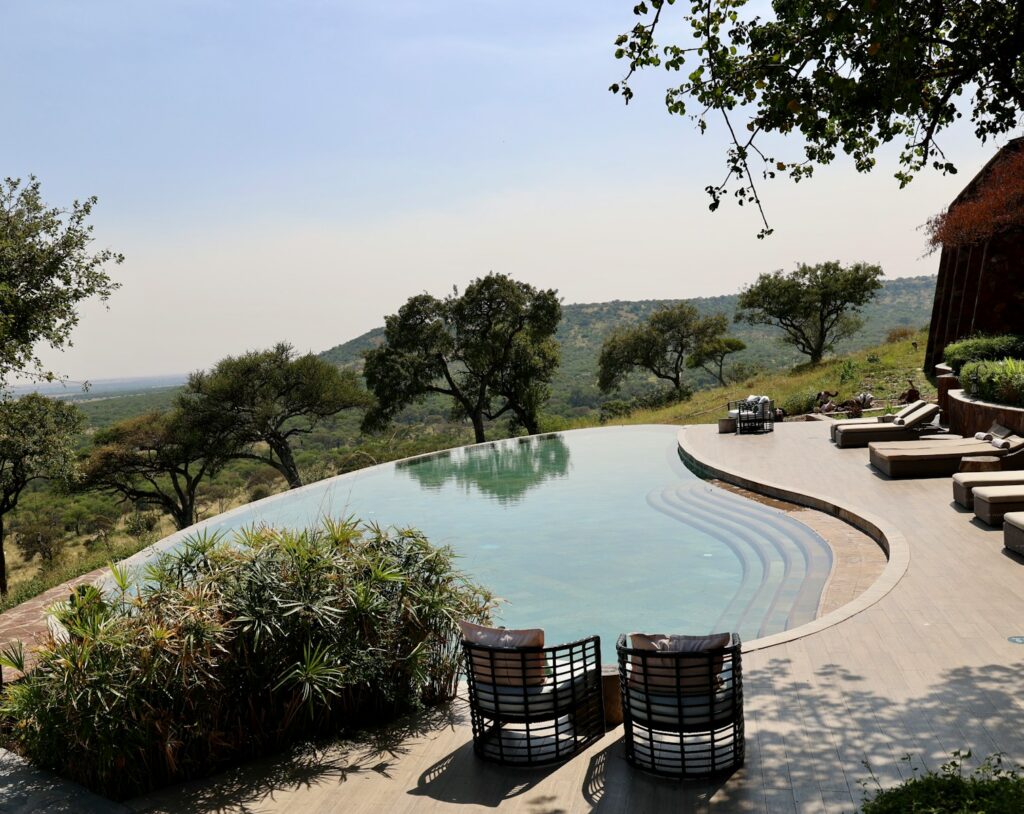
Safari Styles: Lodges, Camps, and Comfort
Both Tanzania and Kenya offer a wide range of accommodations, from budget-friendly tented camps to ultra-luxury lodges.
In Tanzania, the remoteness of many parks often means lodges are more spread out, and getting between them can require longer drives or flights. Many lodges are designed to immerse you in the wilderness experience, with open-air dining, uninterrupted views over waterholes, and minimal light pollution for stargazing. In the Serengeti, mobile tented camps move with the migration, offering front-row seats to the action.
In Kenya, there is a long-established tradition of safari tourism, and many reserves are dotted with high-quality lodges and intimate camps. The Masai Mara has both permanent lodges and mobile camps positioned for migration viewing. Kenya also excels in community-run conservancies, where visitors can enjoy private safari experiences, night drives, and walking safaris not permitted in the national reserves.

Accessibility and Travel Logistics
For many travelers, ease of access is a deciding factor.
Kenya has a slight advantage in this regard. Nairobi is a major international hub, and the Masai Mara is just a short flight or a few hours’ drive away. It’s possible to land in Nairobi and be on safari the same day. Kenya’s network of domestic flights also makes it easy to combine different parks in a short itinerary.
Tanzania, by contrast, often requires more travel time. Kilimanjaro International Airport serves the northern circuit, but getting to the Serengeti usually involves either a long scenic drive through the parks or a domestic flight. The southern parks require flights from Dar es Salaam. While this can make Tanzania feel less convenient, it also contributes to its more remote and uncrowded atmosphere.
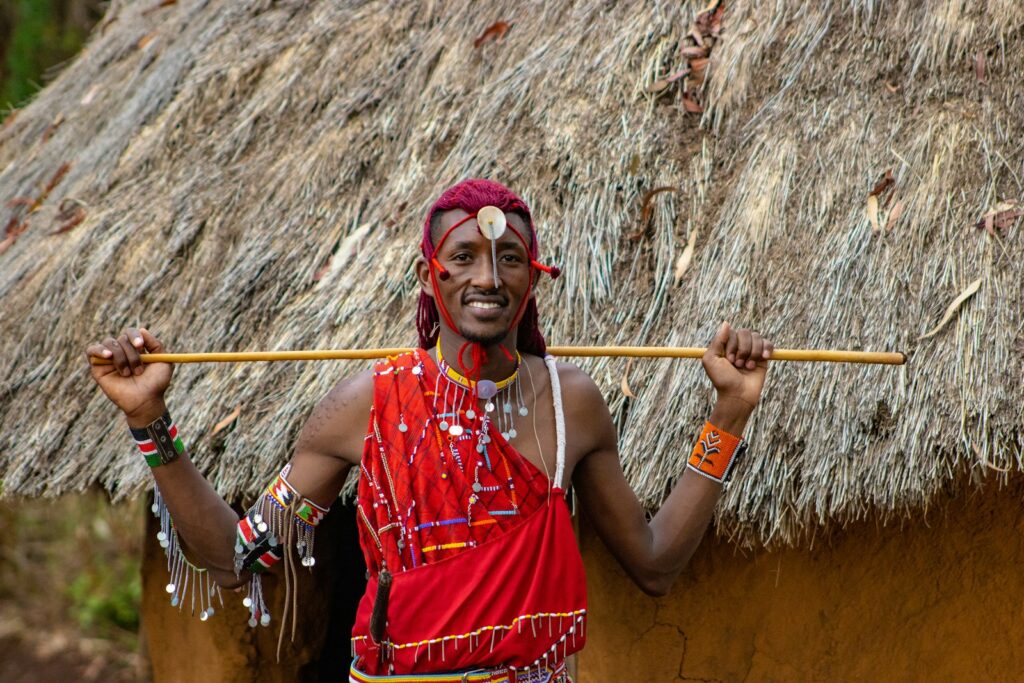
Culture and People
Both countries are rich in cultural heritage, though they express it in different ways.
In Kenya, the Maasai people are perhaps the most internationally recognized cultural group, and their villages near the Mara and Amboseli often welcome visitors. The Samburu in the north offer equally fascinating traditions. Kenya’s coastal areas blend African, Arab, and European influences, especially in towns like Lamu.
In Tanzania, cultural encounters can range from visiting Maasai communities near Ngorongoro to exploring the Swahili culture of Zanzibar. Tanzania also has a remarkable mix of over 120 ethnic groups, each with its own traditions, languages, and crafts. Cultural tourism programs in areas like Mto wa Mbu allow visitors to see village life beyond the safari experience.

Cost Considerations
While prices vary widely depending on the level of luxury, Kenya generally offers more budget-friendly safari options, especially for shorter trips. The proximity of parks to Nairobi means less money spent on long transfers or flights. Tanzania, with its larger distances and often more remote camps, can be slightly more expensive, particularly for itineraries that include multiple regions.
That said, both countries offer everything from budget camping safaris to high-end, all-inclusive luxury packages. The value for money often depends on how much time you have and what kind of experiences you prioritize.
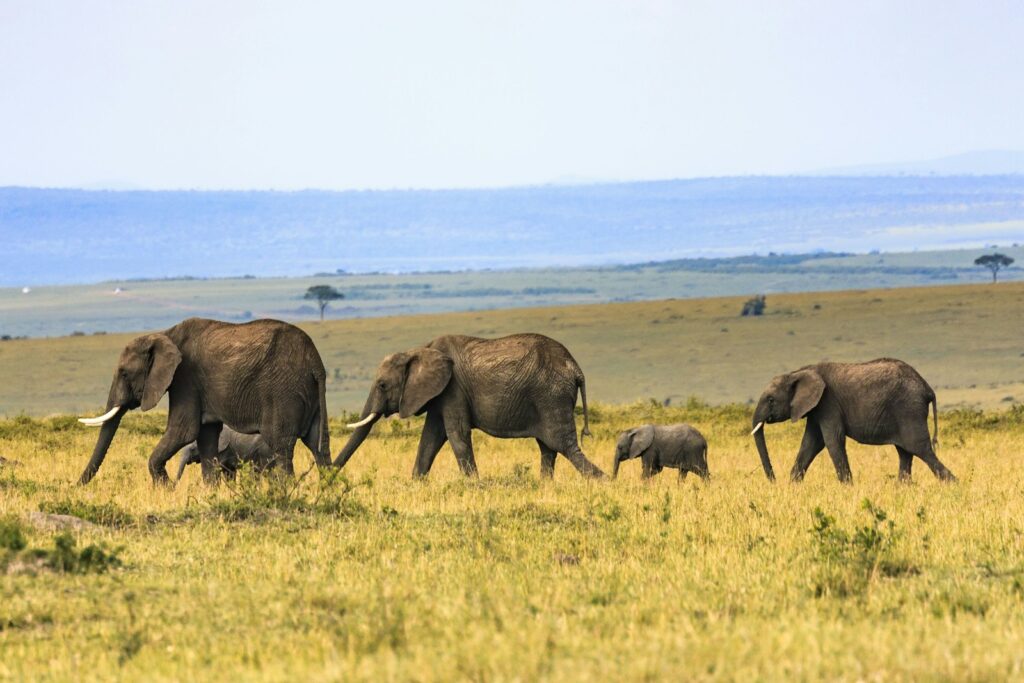
Which One Should You Choose?
The truth is, when it comes to choosing between Tanzania and Kenya, there really isn’t a wrong decision. Both countries are extraordinary in their own right, each offering experiences that are unforgettable, but in subtly different ways. The choice often comes down to the kind of traveler you are, the pace at which you like to explore, and the specific images you have in your mind when you picture your dream safari.
If your heart is set on endless horizons where the land seems to stretch into infinity, where you can go for hours without encountering another vehicle, and where the rhythm of the seasons is marked by the thundering hooves of wildebeest moving across the plains for much of the year, then Tanzania is likely to capture your soul.
The Serengeti’s sheer scale and the diversity of its parks mean you can immerse yourself deeply in nature, losing yourself in the wild beauty without the rush or bustle. It’s the place for travelers who want that feeling of remoteness, of truly being far away from the modern world.
On the other hand, if you imagine your safari filled with frequent and close-up wildlife encounters, with a more compact network of parks that makes it easier to move between them in just a few days, then Kenya might feel like the perfect match. The Masai Mara’s density of wildlife is astounding, and the possibility of spotting lions lounging under an acacia tree one moment and a cheetah on the hunt the next is thrilling.
Kenya’s slightly more accessible travel routes mean you can pack in a variety of landscapes and experiences without covering huge distances, making it ideal for travelers who want an action-packed adventure with minimal transit time.
For many travelers, though, the idea of choosing one over the other feels impossible—and that’s where the magic of a cross-border safari comes in. Combining Tanzania’s Serengeti with Kenya’s Masai Mara during the migration season gives you the best of both worlds. You might start your journey among the vast grasslands of Tanzania, where the herds spread across the horizon, and then follow them north into Kenya, where the drama of the Mara River crossings unfolds before your eyes.
This kind of itinerary doesn’t just give you more opportunities to see wildlife—it allows you to experience the subtle differences in landscape, atmosphere, and culture between the two nations. You begin to notice how the light shifts, how the terrain changes, how the interactions with local guides reflect their own traditions and histories. By the end, you’re not just ticking off animal sightings from a list—you’re walking away with a deeper, more personal connection to East Africa as a whole.
In the end, the “right” choice is the one that speaks to your sense of adventure. Whether it’s Tanzania’s sweeping wilderness or Kenya’s concentrated wildlife magic—or a journey that blends them both—your safari will be unforgettable. The real joy lies in embracing the journey, wherever it takes you.
Recent Posts



